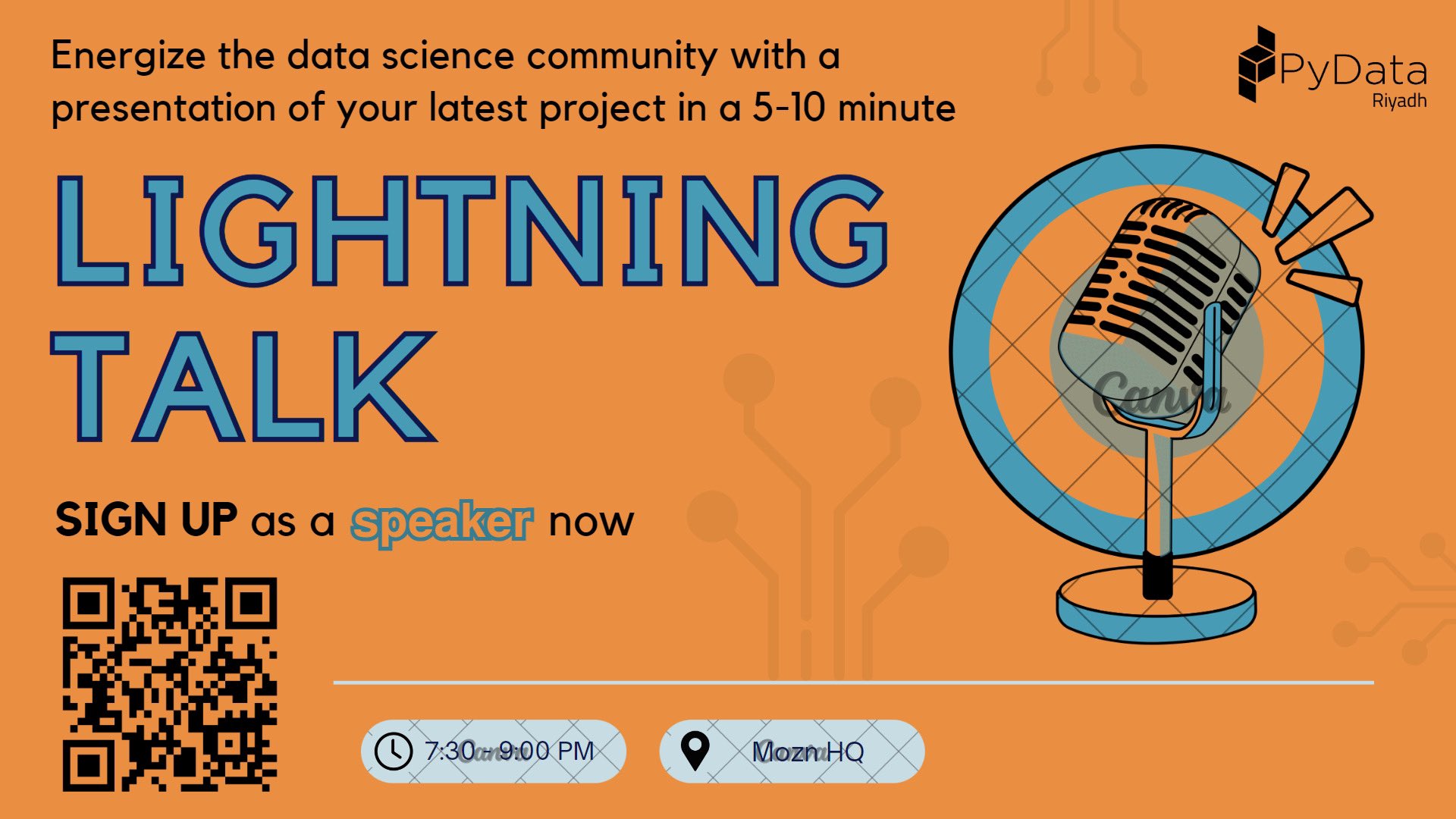The biggest bottleneck in machine learning isn’t compute power or data—it’s the time between having an idea and testing it. Continuous experimentation is about removing friction from the ML development cycle so you can iterate fast and fail fast.
The Problem with Traditional ML Workflows
Most data science teams spend:
- 80% of their time on data preparation and environment setup
- 15% on actual experimentation
- 5% on analyzing results
This is backwards. You should be spending most of your time thinking about the problem and testing hypotheses, not wrestling with infrastructure.
What is Continuous Experimentation?
Continuous experimentation treats ML development like modern software development:
- Version everything: Data, code, models, and experiments
- Automate the boring stuff: Data pipelines, training jobs, and evaluation
- Make experiments reproducible: Anyone should be able to re-run your experiment and get the same results
- Track everything: Every metric, every hyperparameter, every decision
The “Goes Brrr” Philosophy
The name isn’t just for fun—it represents a mindset:
- Speed matters: The faster you can test ideas, the more ideas you can test
- Automation is king: If you do it more than twice, automate it
- Fail fast, learn faster: Most experiments fail, and that’s okay
- Measure everything: You can’t optimize what you don’t measure
Key Takeaways
- Set up your experimentation infrastructure before you need it
- Treat failed experiments as valuable data, not wasted time
- Document your reasoning, not just your results
- Build systems that make good practices the easy choice
Live Demo
During this talk, I demonstrated how to set up a continuous experimentation pipeline from scratch, showing how to go from idea to results in minutes, not hours.
Event Details
Host: PyData Riyadh
Resources
Slides: View Presentation
Code: GitHub Repository - Complete example showing how to implement continuous experimentation from scratch
